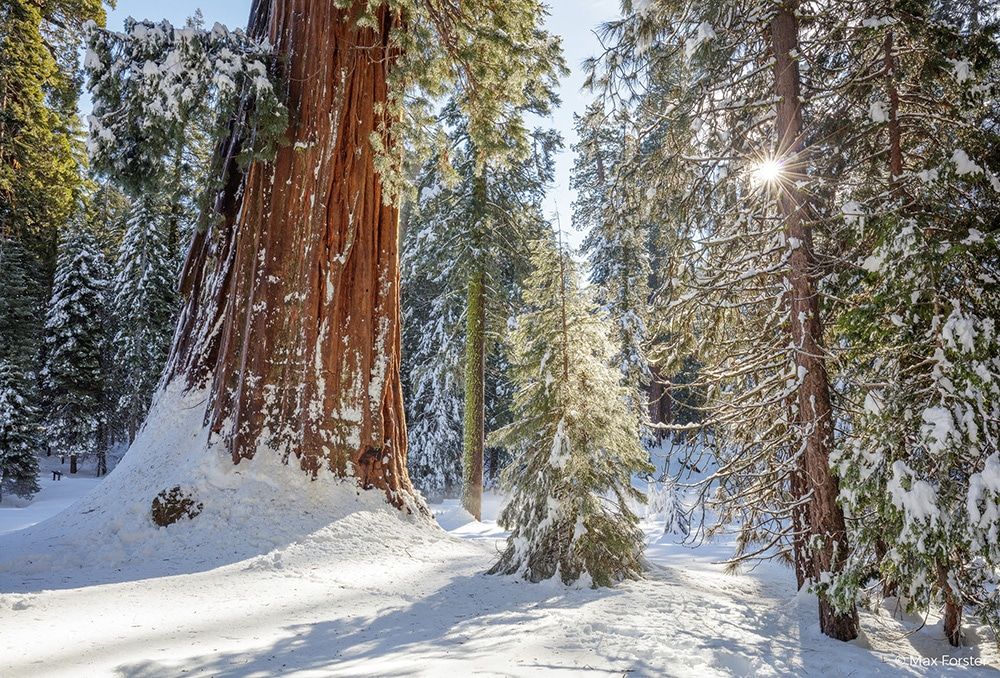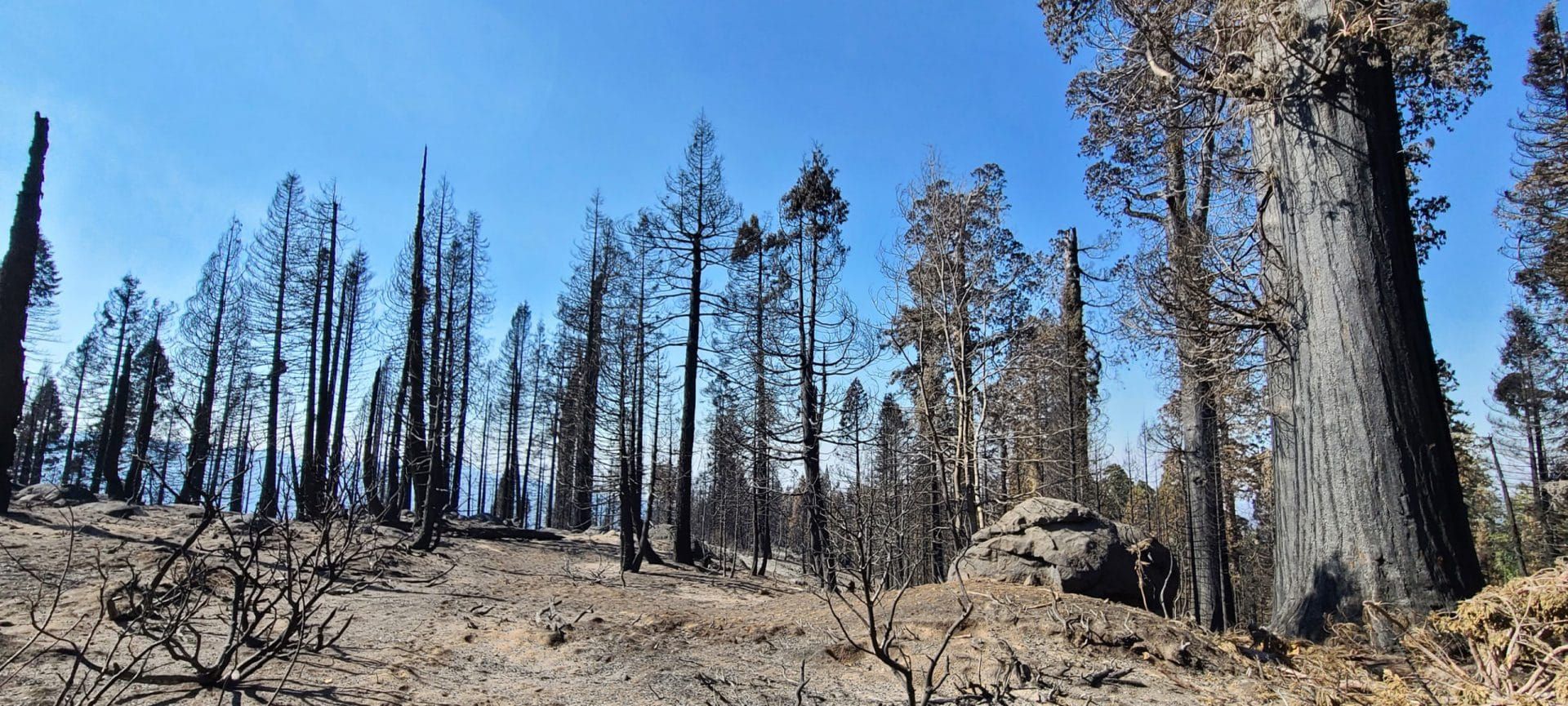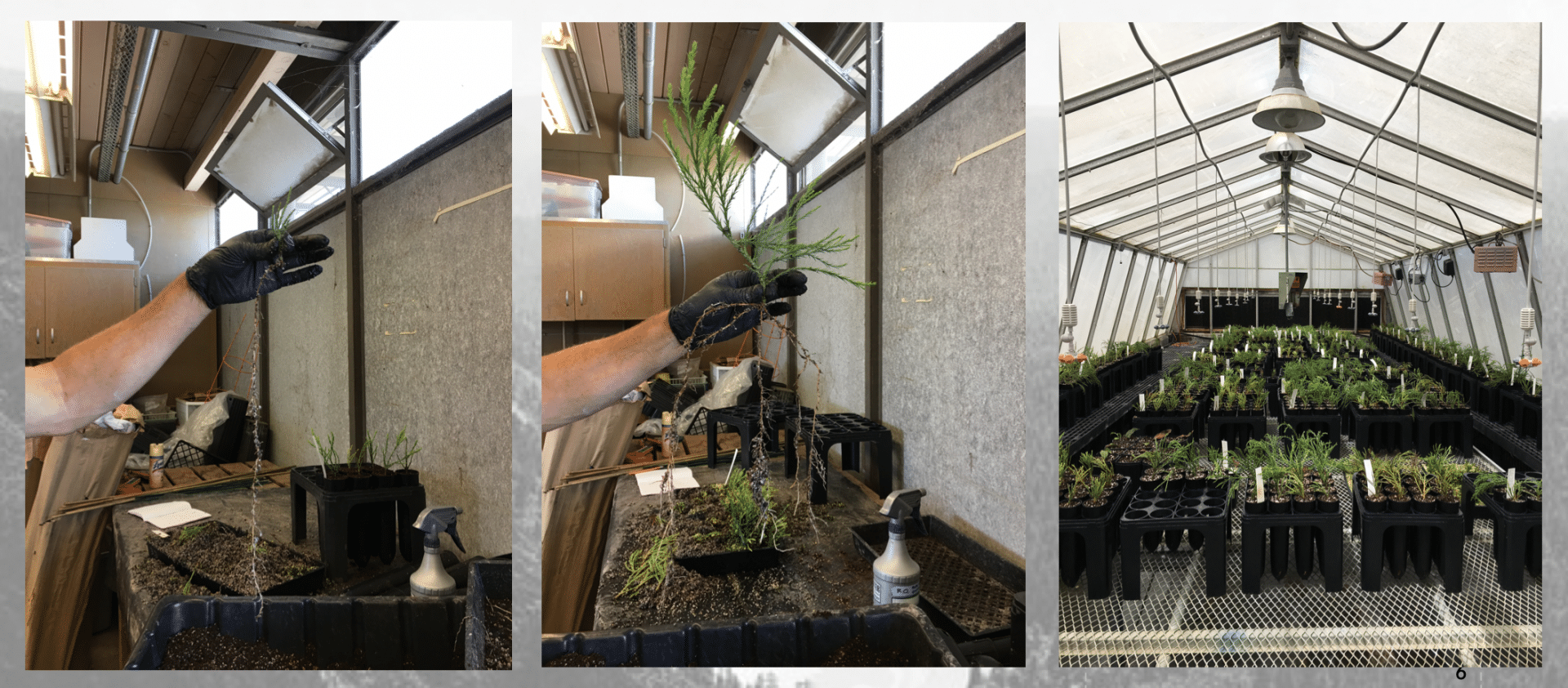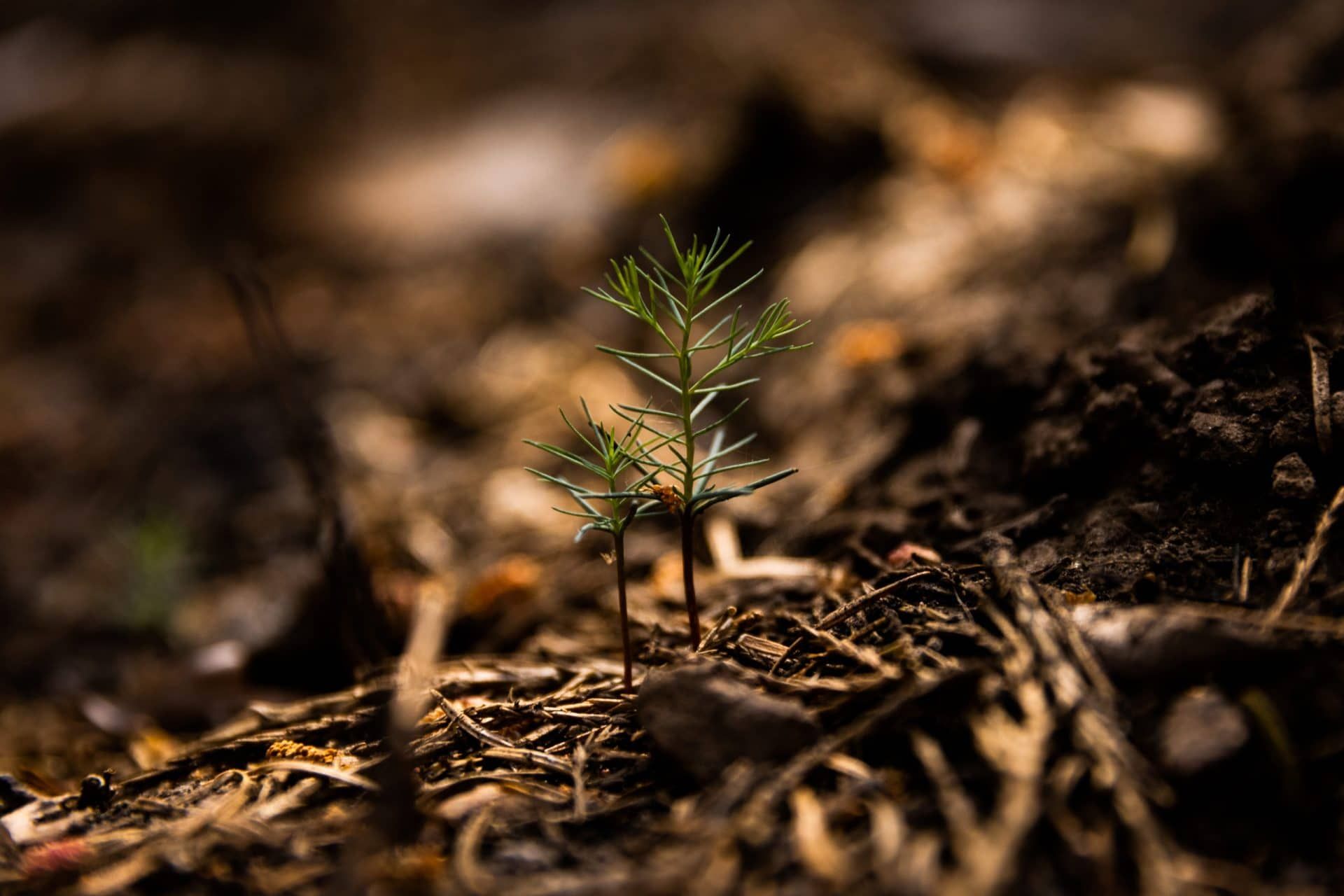O redwood tree, o redwood tree, can tree genetics save thee?
By Jessica McKenzie | December 23, 2021
 Winter in Sequoia National Park (Photo by Max Forster)
Winter in Sequoia National Park (Photo by Max Forster)
The devastating wildfires that ripped through California this year and last consumed nearly a fifth of the world’s giant sequoias, the largest trees on Earth by volume. According to official estimates, between 13 and 19 percent of the 75,000 sequoias over 4 feet in diameter were lost in just two years. While sequoias evolved with wildfire and need it to open their seed cones and to clear the forest floor so the seeds can germinate, the fires over the last two years—exacerbated by climate change-driven drought—were simply too hot.
Joanna Nelson, the director of science and conservation planning for the organization Save the Redwoods League, says this tree loss year after year is not sustainable for these ancient trees, which can live to be 3,000 years and older.

While they haven’t been hit as hard by high-intensity wildfires—yet—more than half of coast redwood forests are experiencing drought conditions that the US Drought Monitor labels “extreme” or “exceptional.” These trees rely on fog for up to 40 percent of their water each year, but summertime fog hours have declined by a third over a century.
The situation is even more dire for giant sequoias; more than 93 percent of giant sequoia in the Sierra Nevada mountain range are in “exceptional” drought conditions.
Giant sequoia and coast redwood trees—which together share the designation of California’s state tree—have endured for millennia, and conservationists like Nelson hope they will stick around for millennia to come, even with man-made global warming and climate change.
To that end, the Save the Redwoods League funded a multiyear project to sequence the genomes of both the giant sequoia (Sequoiadendron giganteum) and the coast redwood (Sequoia sempervirens). Researchers at the University of California, Davis, Johns Hopkins University, the University of Connecticut, and Northern Arizona University published the coast redwood genome this month, after completing and publishing the giant sequoia genome last year.
“The first step in understanding how everything works, whether it’s your refrigerator, or your car, or a genome, is having a parts list, is it not?” said David Neale, plant sciences professor emeritus at UC Davis and lead author on the new coast redwood genome research. “There was no parts list for these trees. So that’s what we’ve accomplished, in the very earliest phases of this research, is to sequence the genomes and get a list of all the parts. Now the work begins, the good stuff begins, is learning how those parts work together to make a redwood tree a redwood tree, and a giant sequoia tree a giant sequoia tree, and why there are differences among individuals within species.”
By comparing the coast redwood genome to other species of conifers, the researchers found a number of stress response genes, which could contribute to the trees’ longevity, including those involved in “fungal disease resistance, detoxification, and physical injury/structural remodeling.”
Conservationists can use this information in several ways. Inbreeding among trees is not unlike inbreeding within human populations, and it can have serious consequences, but if conservationists don’t know what trees are present in a grove, they can’t prune or plant with diversity in mind. This work will help give them the tools to do that.
It will also help to identify the genetic traits that might do best in warmer, dryer climates, because that’s the direction California is headed.
“What are the genes or combination of genes that can help trees respond to drought, respond to pests and pathogens, respond to rising temperatures?” said Nelson, listing out some of the questions she hopes this research can answer. “There’s both a focus on genetic diversity in retaining the widest suite of possible responses, and identifying what is it that helps trees respond to climate threats.”

Neale said part of his research on redwoods has involved collecting 100 samples of individual trees of each species and growing clones of those trees from cuttings in a common garden to study how different trees grow under the same conditions. Researchers can then compare the growing conditions in the greenhouses to the average temperatures and rainfall where the original trees were located and see how a tree found in a generally cool, wet spot grows in comparison to a tree from a higher, drier location. Once the environment has been controlled, any differences in plant growth and expression can be attributed to genetic differences.
“We are looking at what’s the most locally adapted, and then what would be the most locally adapted,” said Nelson.
Nelson said that as they are selecting seeds to raise in a nursery and plant in the wild later, they are looking for species that are both adapted to the local environment now, and those that are likely to be adapted for the environment “1000 years in the future, 2000 years in the future.” That is, after all, how long these trees could live. For example, plants in the northern hemisphere are generally migrating north and up in elevation in response to climate change. So researchers are looking to plant trees that would previously have previously been found 500 feet lower in elevation, where temperatures would have been warmer.

What researchers learn about the coast redwood and giant sequoia may also inform other genetic research. “Coast redwood [and giant sequoia are] not a classic model like Arabidopsis for genetic research, however, discoveries made in redwood might well inform the basic genetic system that underlies all plant adaptation to the environment,” said Neale.
While it might seem like this work is all about charismatic megaflora, saving redwood trees has significant implications for climate change mitigation. In 2016, researchers found that coast redwood forests sequestered more than twice the amount of carbon as other forests. And both species of trees play important roles in their respective ecosystems, particularly coast redwoods, which help prevent erosion and protect the land-ocean boundary, which has trickle down benefits for salmon and other species.
“A lot of the newspaper articles … right now about giant sequoia are about existential threat,” said Nelson. “We’re talking about extinction threat; that’s what we’re looking at and need to respond to now.”
Together, we make the world safer.
The Bulletin elevates expert voices above the noise. But as an independent nonprofit organization, our operations depend on the support of readers like you. Help us continue to deliver quality journalism that holds leaders accountable. Your support of our work at any level is important. In return, we promise our coverage will be understandable, influential, vigilant, solution-oriented, and fair-minded. Together we can make a difference.
Keywords: California, climate crisis, conservation, drought, genetics, global warming, tree planting, wildfires
Topics: Climate Change















